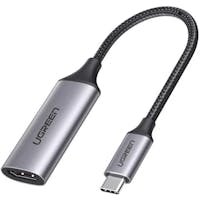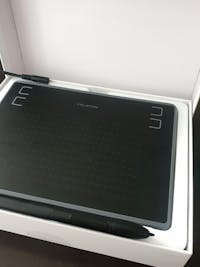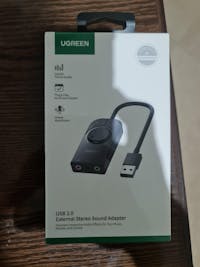Hot Selling Products
The Wacom One is a sleek and versatile Bluetooth Creative Pen Tablet designed to ignite your creativity. Whether you’re an artist, designer, or student, this tablet offers a seamless experience that bridges the gap between traditional drawing and digital art.
Wacom One Bluetooth Pen Tablet
Order NowExperience music like never before with the Anker Soundcore R50i Earbuds. Equipped with advanced audio technology, these earbuds deliver rich, detailed sound with deep bass and clear highs.
Anker Soundcore R50i Bluetooth Earbuds
Order NowProduct list
Ugreen Fits Your Life
Check out our collection of products that will make any house into a power-pumping home!
Mics Collection
Maono
Rs 24,500
Regular price
Rs 25,850























































